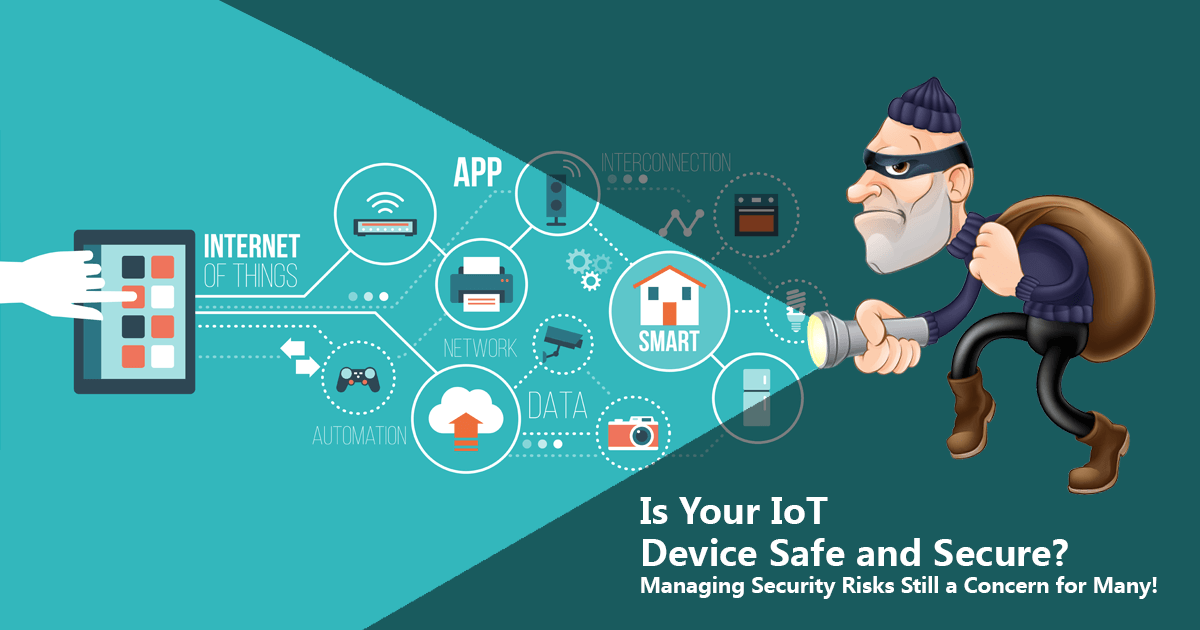The Internet of Things (IoT) is increasingly present in our lives since there are many devices that we use every day, from cell phones, tablets, laptops, etc., these can be connected to each other, which is something that we all know, computer threats.
Today, IoT not only focuses on cars but also does it in our homes, since there are many appliances and other electrical devices, which can also have access to the Internet and be susceptible to some kind of attack.
Your cameras, speakers and appliances could be a threat to your security.
The systems of the computer company Kaspersky have detected 105 million attacks on IoT devices from 276 thousand unique IP addresses in the first 6 months of the year.
The figure is nine times higher than the amount found in the first half of 2018, when only about 12 million attacks from 69 thousand IP addresses were detected.
The company says that, taking advantage of the weak security of IoT products, cyber-criminals are intensifying their attempts to create and monetize IoT botnets.
The problem is that, more and more people and organizations buy smart devices such as routers or DVR security cameras, not all consider it necessary to protect them and cybercriminals see more and more opportunities to make a profit in the exploitation of such devices.
Attacks on IoT devices are generally not complex, but stealthy, as users may not even notice that their devices are being exploited.
The malware families that have been detected the most are Mirai, Nyadrop and Gafgyt and other Kaspersky identified that China, Brazil and Egypt are the countries where most of these attacks are recorded.
To keep the devices safe, Kaspersky recommends users:
- Install firmware updates as soon as possible.
- Always change preinstalled passwords and use complicated combinations
- Restart the device right away if you think you are acting strangely
- Keep access to IoT devices restricted by a local VPN.

